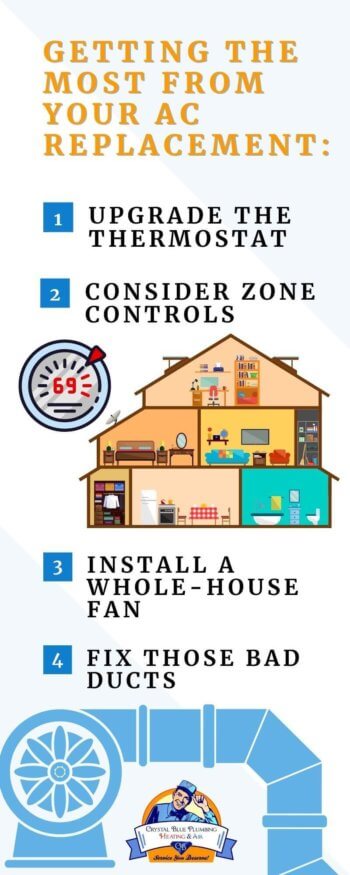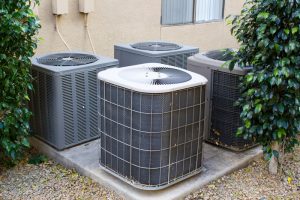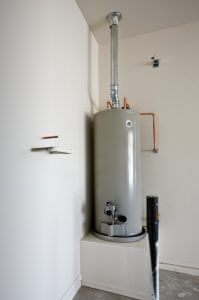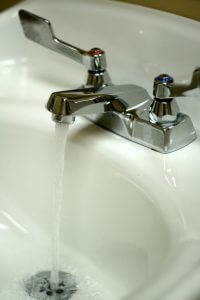We Recommend Regular Drain Cleaning for Your Home
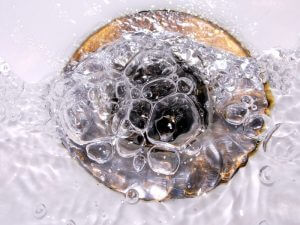 Drain cleaning sounds like a job you need when you’ve got a clogged or slow drain. This is one of the important reasons that plumbers do drain cleaning. After all, there is no plumbing trouble that’s more common than a clogged drain or toilet. Professional plumbers can take care of any clog without doing damage to the pipes the way chemical drain cleaners can.
Drain cleaning sounds like a job you need when you’ve got a clogged or slow drain. This is one of the important reasons that plumbers do drain cleaning. After all, there is no plumbing trouble that’s more common than a clogged drain or toilet. Professional plumbers can take care of any clog without doing damage to the pipes the way chemical drain cleaners can.
But drain cleaning is more than an emergency fix-it solution. It’s also a long-term plumbing care job, a regular preventive maintenance task. We recommend homeowners make drain cleaning a service they schedule every year. If you’ve never had routine drain cleaning done before, right now is the best time to get started.
How Regular Drain Cleaning Helps You
You can’t see the inside of your pipes, so you won’t have a good idea of what goes on down inside them from day to day. However, you can see what goes down those drains, and that will give you a picture of the types of problems that can build up.
Let’s start with the kitchen. When cooking and cleaning, you’ll allow some food particles to go down the drain along with fats, oils, and grease (collectively known as FOG). You can help prevent excess food and grease from entering the drains with a garbage disposal and by carefully pouring FOG into a separate receptacle. But you can’t stop all of it—and this organic waste easily sticks to drainpipe walls. Over time, the gunk on the walls will create slow drains and make it easy for the drains to clog. It can also attract sewer flies and create terrible odors.
Moving to your bathroom drains … Soap scum and hair are the major troubles here. Although drain covers can help prevent big hair clumps from going down the drain, soap scum is harder to stop. Soap scum is hard to get off pipes, and if it remains for too long it can create a chemical reaction with the metal of the pipes that triggers corrosion. Hair clogs are among the most obstinate and difficult to remove.
Now imagine a professional plumber coming to your home with high-end tools like video pipe inspection equipment, mechanized rooters, and powerful hydro-jetters. The plumber can use these tools to locate problem areas and then scour away the buildup. When the plumber is finished, the interior of the drainpipes will be cleared of debris. It will be so clean that it will be hard for buildup to start again. You should have trouble-free drains for next year, when you schedule regular drain cleaning again.
Your Local Drain Cleaning Experts
When we say that we recommend regular drain cleaning in Sacramento, CA for your home, we mean we recommend our plumbers for your drain cleaning. We have our own “rooter division” that specializes in handling drain cleaning, drain repair, sewer pipe cleaning, and other vital services for home drainage systems. We don’t just want to be the company you call to unclog a drain today—we want to be your partner for great plumbing in the future as well!
At Crystal Blue Plumbing, Heating & Air, we offer “Customer Service the Way It Used to Be!Customer Service You Deserve!”






